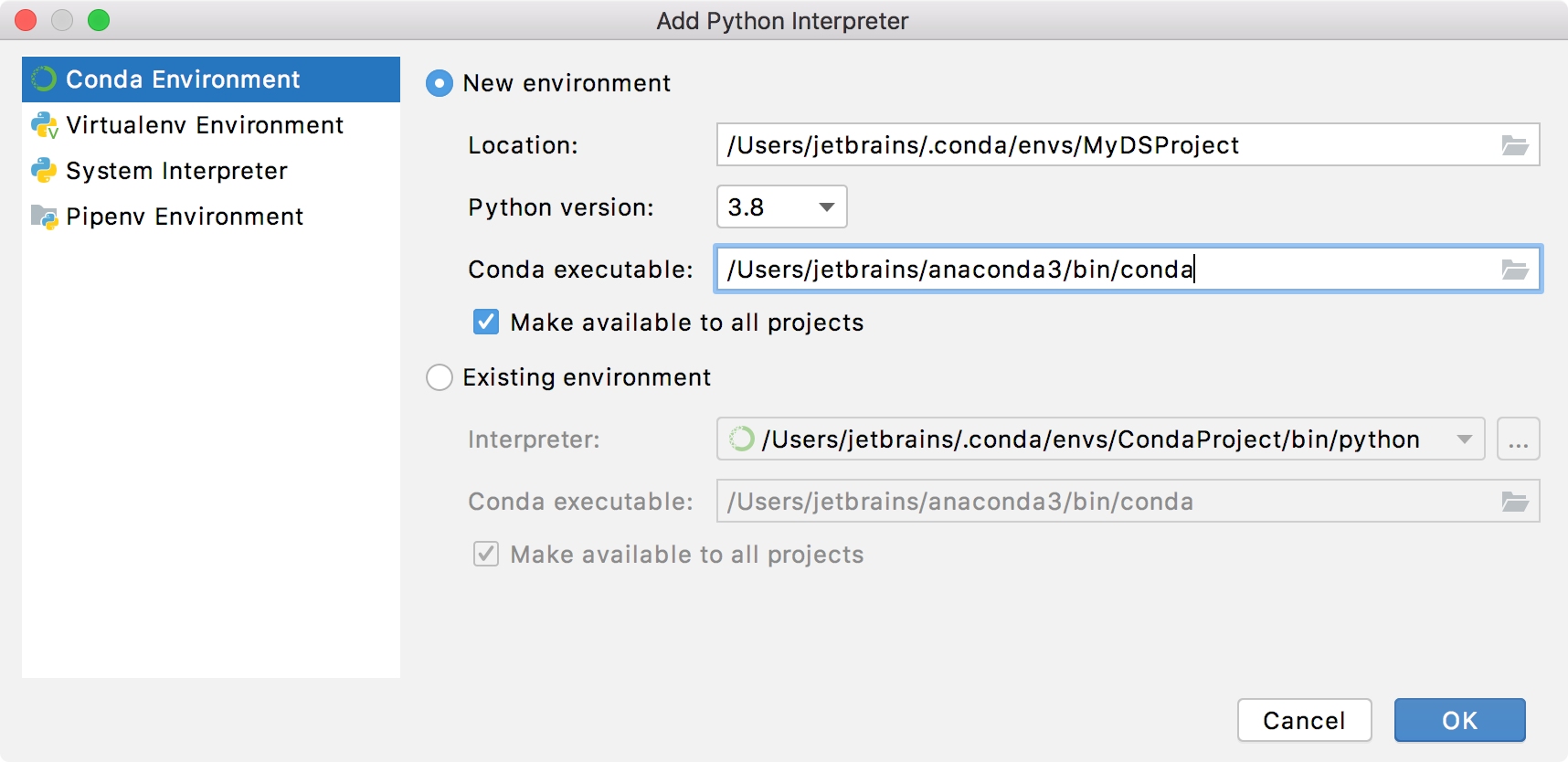

In fact, it includes most basic binaries/libraries like Python, setuptools etc. That’s because it’s trying to resolve all the dependencies by installing the dependent packages in your environment.
CREATE VIRTUAL ENVIRONMENT PYTHON CONDA INSTALL
You would have noticed that it i s trying to install some additional packages that you did not specify.

Here’s how it will look like install numpy package dependencies install numpy in virtual environment REM Comment: First Activate your environment To get an idea, let’s install a few packages in the virtual environments we create before. For instance, you can look up if openpyxl package is available or not using below command. You can look up the packages you want using the conda’s search utility. Luckily, Anaconda provides numerous useful Python libraries. Once you have the environment created, you can start installing the packages you need. conda deactivate Conda Activate Environment Install Packages using Conda Once you are done with your work, deactivate the virtual environment using below. REM Comment: Activate Environment create at specified locationĬonda activate C:/Users/User/test-env-at-path To do that you’ll first need to load your environment. Great! You probably want to start working in it now. If you were able to run commands in the above sections successfully then you have created your first virtual environment. Conda create environment Activate Conda Environment Upon the successful execution of the command, you should see output similar to below. conda create -p C:\Users\User\test-env-at-path

The later versions of conda will create the destination folders for you if it does not exists already. To do that, instead of the name of the environment, you supply the destination location as an argument to the create command. Create Environment at a given locationĬonda gives you an ability to create your virtual environment at a location of your choosing. In case you run into an error like ‘conda is not recognized internal or external command‘, verify that you have Anaconda’s bin folder added to PATH. Upon successful execution of the command, you should see similar output as below. Open a terminal and run the following command. Let’s cut right to the chase, and create a virtual environment named test-env.

In case you don’t have Anaconda installed, follow the steps given in Getting started with Python post to get Anaconda up and running on your system. Install AnacondaĪs a pre-requisite, you’ll need Anaconda installed on your machine. It comes packaged with the Anaconda distribution itself. Create Conda EnvironmentĬonda virtual environments are created using conda command line utility.
CREATE VIRTUAL ENVIRONMENT PYTHON CONDA HOW TO
In this post, we are going to create virtual environments, learn how to use them, install packages within them and how to manage them. However, you will find that Conda is a much better package manager compared to PIP, especially in its ability to resolve non-python dependencies. Conda environments work in a similar way as PIP environments. It gives you an ability to install your preferred versions of packages without conflicting with other projects and users. Conda virtual environments provide users an isolated workspace.


 0 kommentar(er)
0 kommentar(er)
